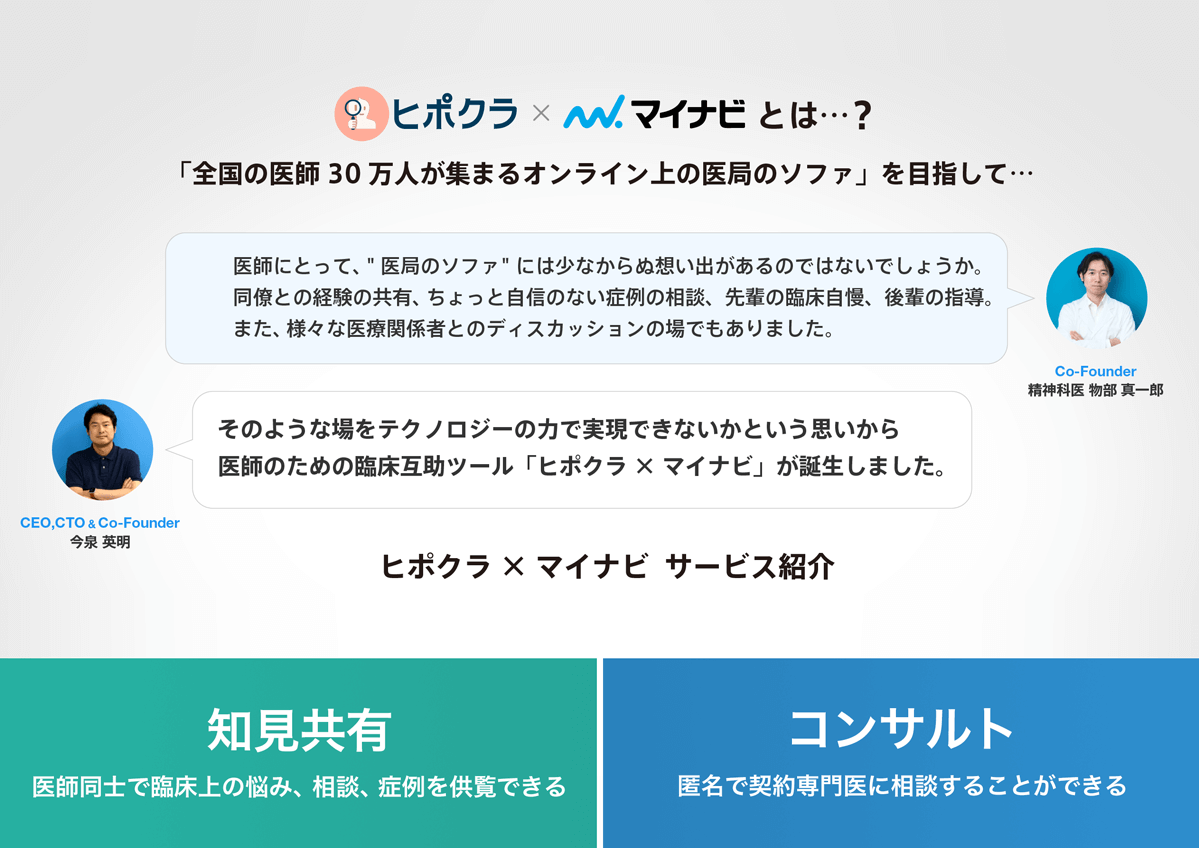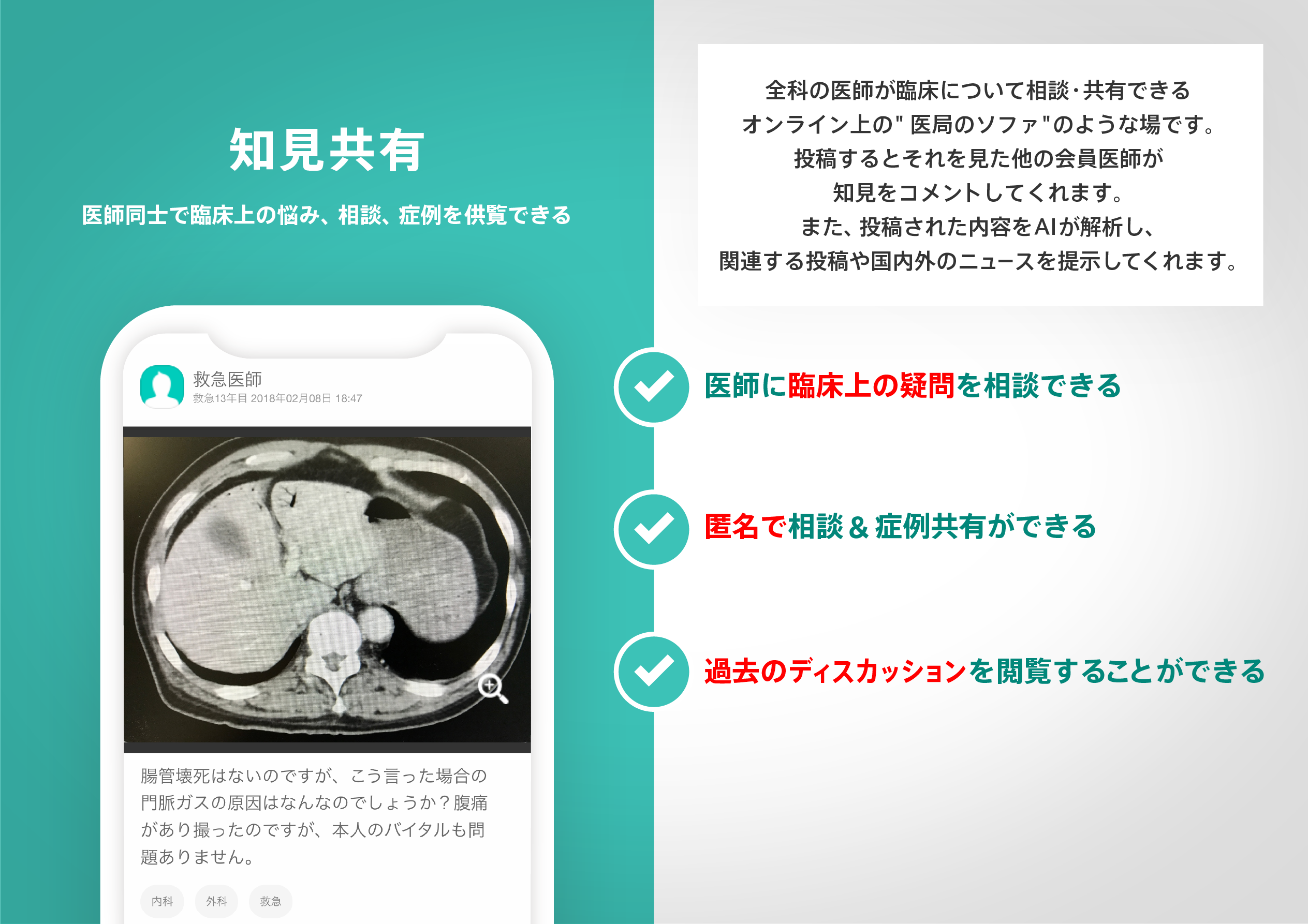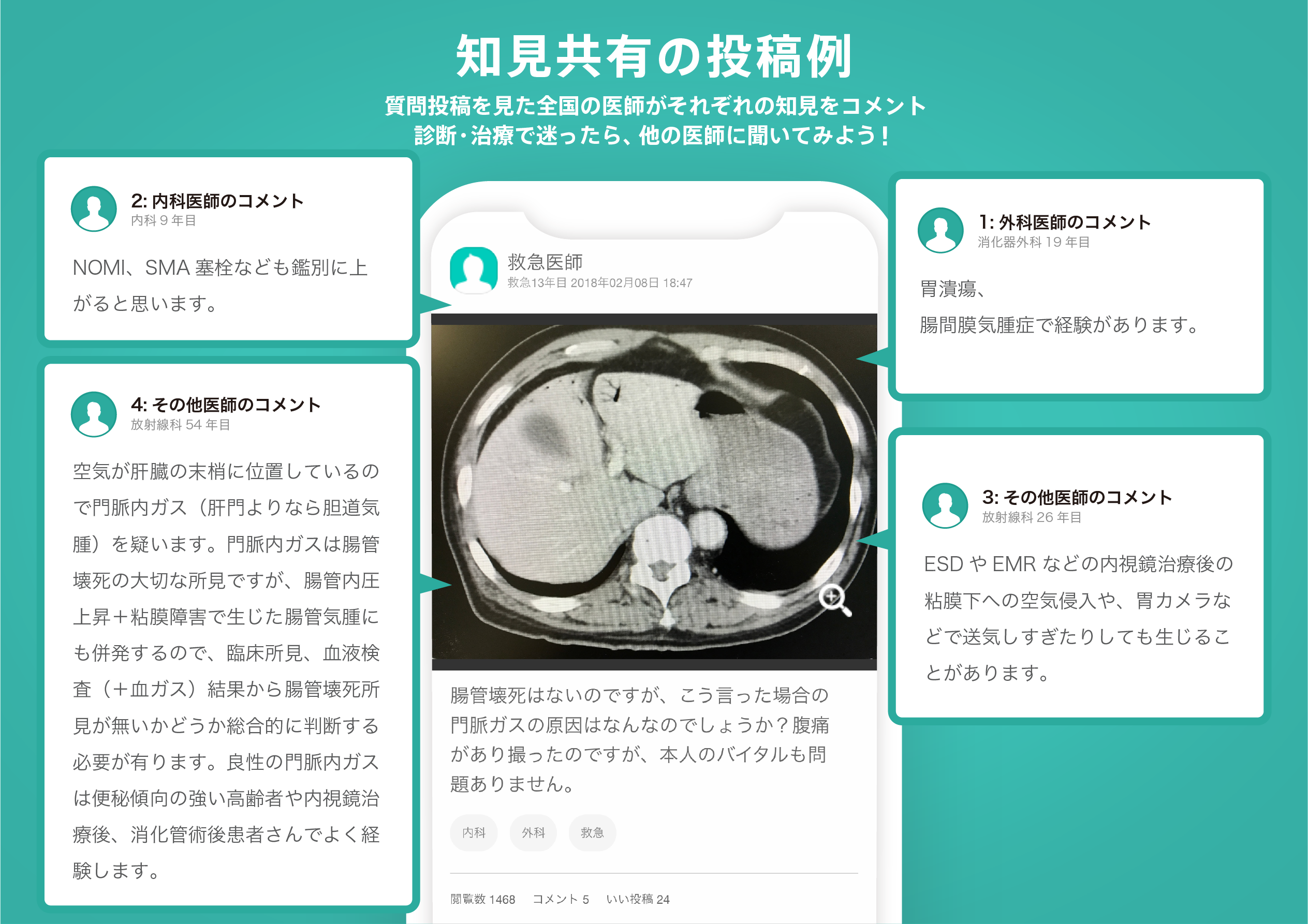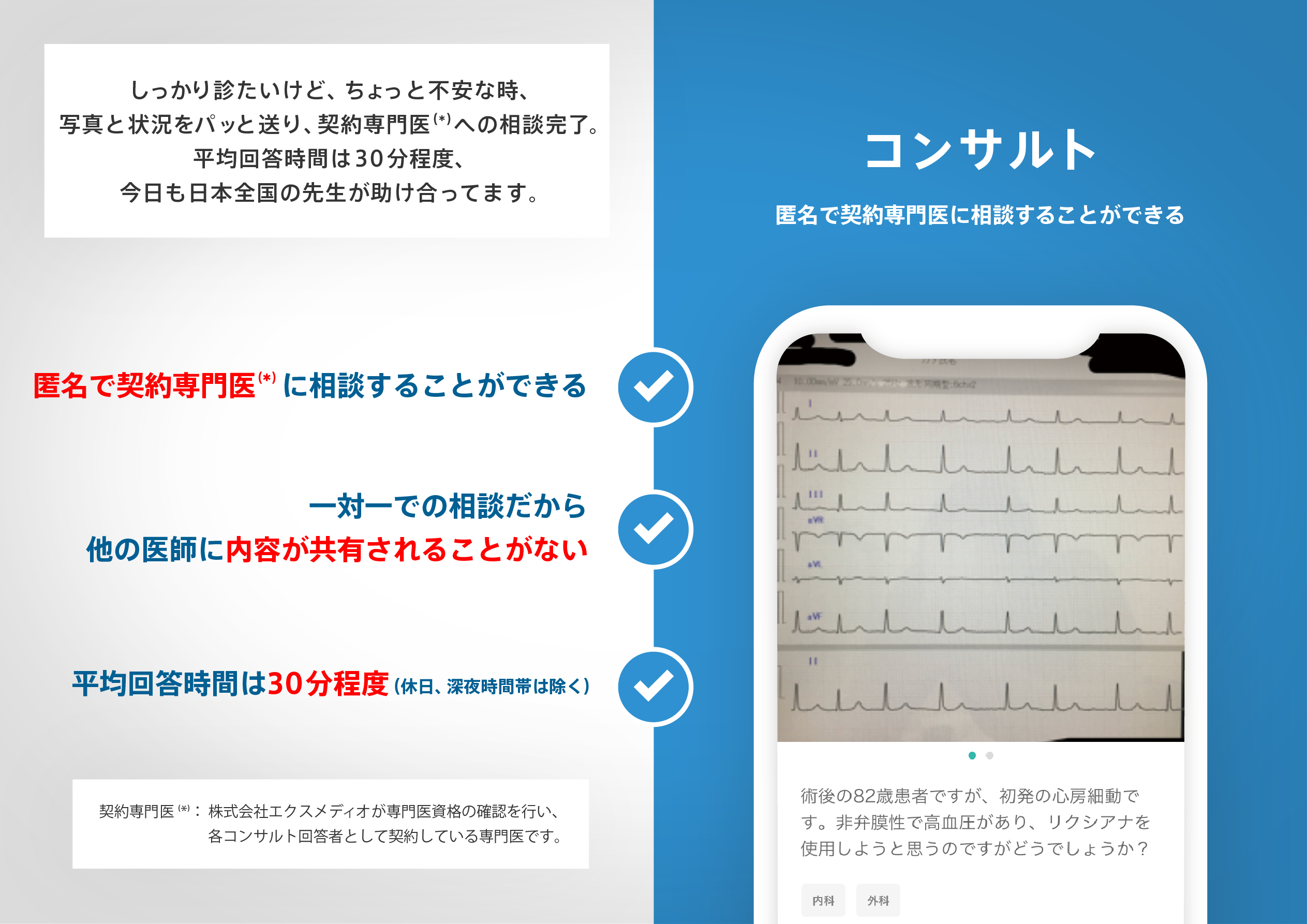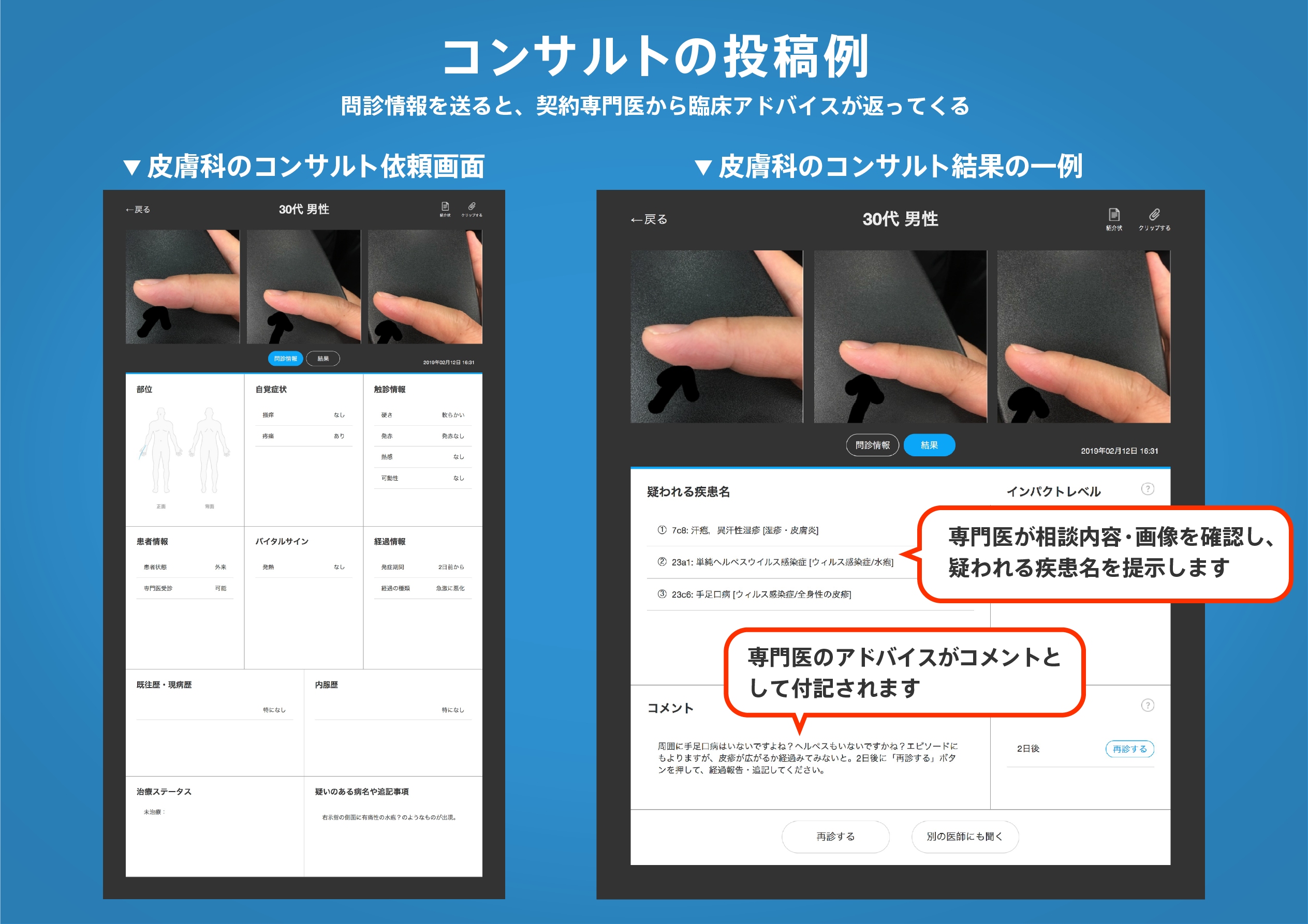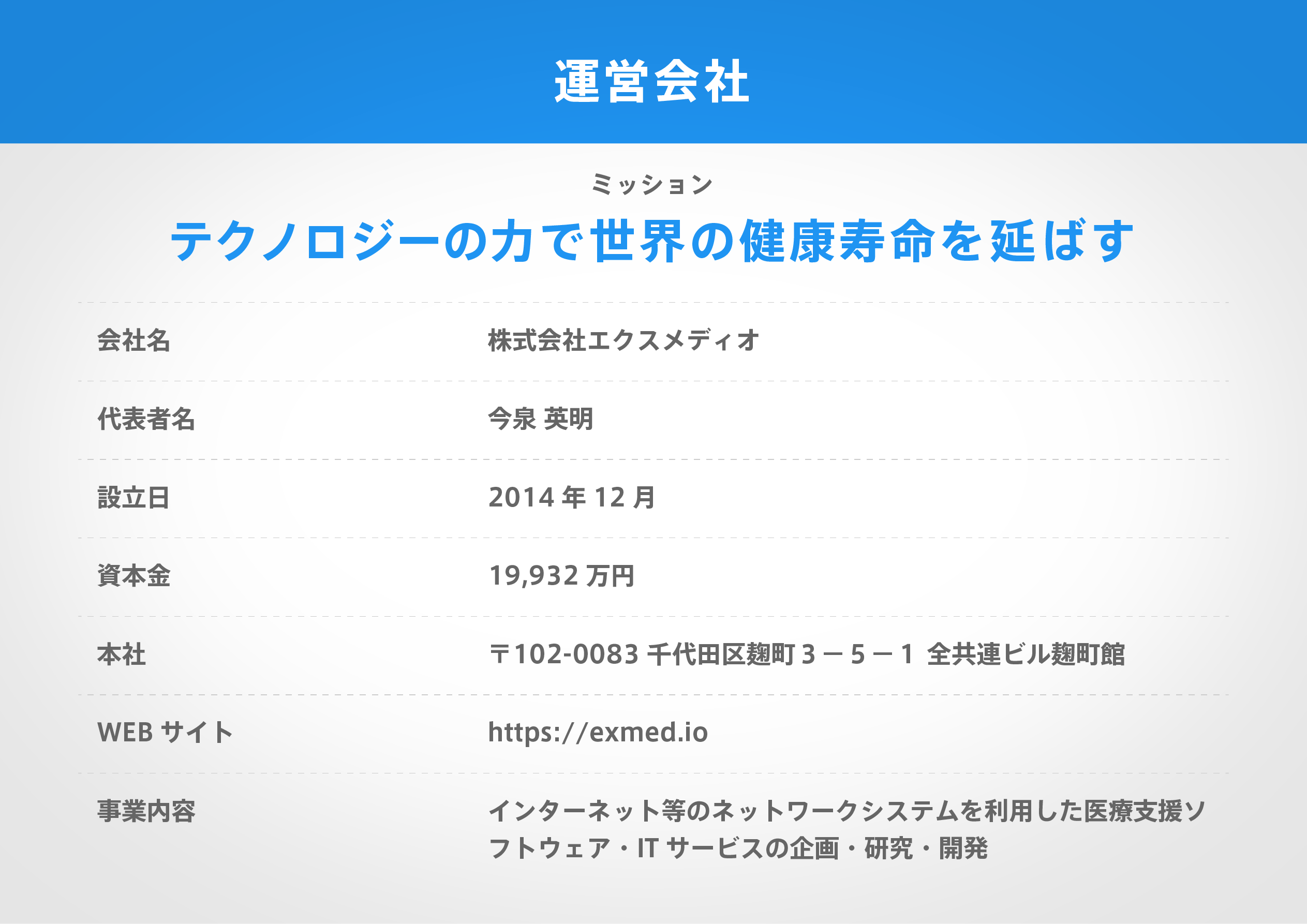著名医師による解説が無料で読めます
すると翻訳の精度が向上します
AML1/ETO融合転写産物は、長期完全寛解(CR)におけるT(8; 21)関連の急性骨髄性白血病(AML)患者の逆転写ポリメラーゼ連鎖反応(RT-PCR)によって検出できます。したがって、CR中の融合転写産物の量の定量は、単純な定性的評価よりも治療または再発を予測する可能性があります。フルオロメトリックベースの手法であるリアルタイムPCRは、エンドポイントの定量的方法とは対照的に、PCR増幅の拡張段階でターゲットシーケンスを簡単かつ迅速に定量化できます。CRを達成したT(8; 21)(Q22; Q22)AMLの6人の患者は、診断と高用量のサイトラビンおよびアントラサイクリンベースの誘導療法後の異なる時間間隔でリアルタイムRT-PCRによって研究されました。5人の患者には、分子分析に利用できる診断骨髄(BM)サンプルがありました。各患者は、診断時にAML1/ETO融合転写産物の> OR = 10(3)コピーを示し、それぞれが成功した誘導化学療法後のコピー数の2〜4ログの減少を示しました。これは、誘導化学療法によってCRに成功した患者で発生すると考えられている白血病爆風の対数減少に匹敵します。6番目の患者は、寛解誘導化学療法が成功した直後に比較的高いコピー数を示しました。リアルタイムのRT-PCRは、ターゲットシーケンスの絶対的な定量を提供し、定量のダイナミックレンジを6桁以上に拡大し、PCR後の処理を排除し、労働と労働の減少と減少を拡大することにより、以前に使用されていた定量的RT-PCRメソッドよりも利点を提供しているようです。キャリーオーバー汚染。これらの機能により、これは、t(8; 21)(q22; q22)AMLを持つより大きな患者集団におけるAML1/ETO融合転写産物の転写定量の予後値を前向きに評価するための魅力的な方法となっています。
AML1/ETO融合転写産物は、長期完全寛解(CR)におけるT(8; 21)関連の急性骨髄性白血病(AML)患者の逆転写ポリメラーゼ連鎖反応(RT-PCR)によって検出できます。したがって、CR中の融合転写産物の量の定量は、単純な定性的評価よりも治療または再発を予測する可能性があります。フルオロメトリックベースの手法であるリアルタイムPCRは、エンドポイントの定量的方法とは対照的に、PCR増幅の拡張段階でターゲットシーケンスを簡単かつ迅速に定量化できます。CRを達成したT(8; 21)(Q22; Q22)AMLの6人の患者は、診断と高用量のサイトラビンおよびアントラサイクリンベースの誘導療法後の異なる時間間隔でリアルタイムRT-PCRによって研究されました。5人の患者には、分子分析に利用できる診断骨髄(BM)サンプルがありました。各患者は、診断時にAML1/ETO融合転写産物の> OR = 10(3)コピーを示し、それぞれが成功した誘導化学療法後のコピー数の2〜4ログの減少を示しました。これは、誘導化学療法によってCRに成功した患者で発生すると考えられている白血病爆風の対数減少に匹敵します。6番目の患者は、寛解誘導化学療法が成功した直後に比較的高いコピー数を示しました。リアルタイムのRT-PCRは、ターゲットシーケンスの絶対的な定量を提供し、定量のダイナミックレンジを6桁以上に拡大し、PCR後の処理を排除し、労働と労働の減少と減少を拡大することにより、以前に使用されていた定量的RT-PCRメソッドよりも利点を提供しているようです。キャリーオーバー汚染。これらの機能により、これは、t(8; 21)(q22; q22)AMLを持つより大きな患者集団におけるAML1/ETO融合転写産物の転写定量の予後値を前向きに評価するための魅力的な方法となっています。
The AML1/ETO fusion transcript can be detected by reverse transcription polymerase chain reaction (RT-PCR) in patients with t(8;21)-associated acute myeloid leukemia (AML) in long-term complete remission (CR). Quantitation of the amount of the fusion transcript during CR may therefore be more predictive of cure or relapse than a simple qualitative assessment. Real Time PCR, a fluorometric-based technique, allows simple and rapid quantitation of a target sequence during the extension phase of PCR amplification, in contrast to end-point quantitative methods. Six patients with t(8;21)(q22;q22) AML, who achieved CR were studied by Real Time RT-PCR at different time intervals following diagnosis and high-dose cytarabine and anthracycline-based induction therapy. Five patients had a diagnostic bone marrow (BM) sample available for molecular analysis. Each patient showed > or = 10(3) copies of the AML1/ETO fusion transcript at diagnosis, and each showed a 2- to 4-log decrease in copy number following successful induction chemotherapy. This is comparable to the log-fold reduction in leukemic blasts that is thought to occur in patients successfully cytoreduced into CR by induction chemotherapy. The sixth patient showed a relatively high copy number immediately following successful remission induction chemotherapy, which continued to increase during early CR and was later followed by relapse. Real Time RT-PCR appears to offer advantages over previously used quantitative RT-PCR methods by providing absolute quantitation of the target sequence, expanding the dynamic range of quantitation to over six orders of magnitude, eliminating the post-PCR processing, and reducing labor and carryover contamination. These features make this an attractive method to prospectively evaluate the prognostic value of AML1/ETO fusion transcript quantitation in a larger patient population with t(8;21)(q22;q22) AML in CR.
医師のための臨床サポートサービス
ヒポクラ x マイナビのご紹介
無料会員登録していただくと、さらに便利で効率的な検索が可能になります。

